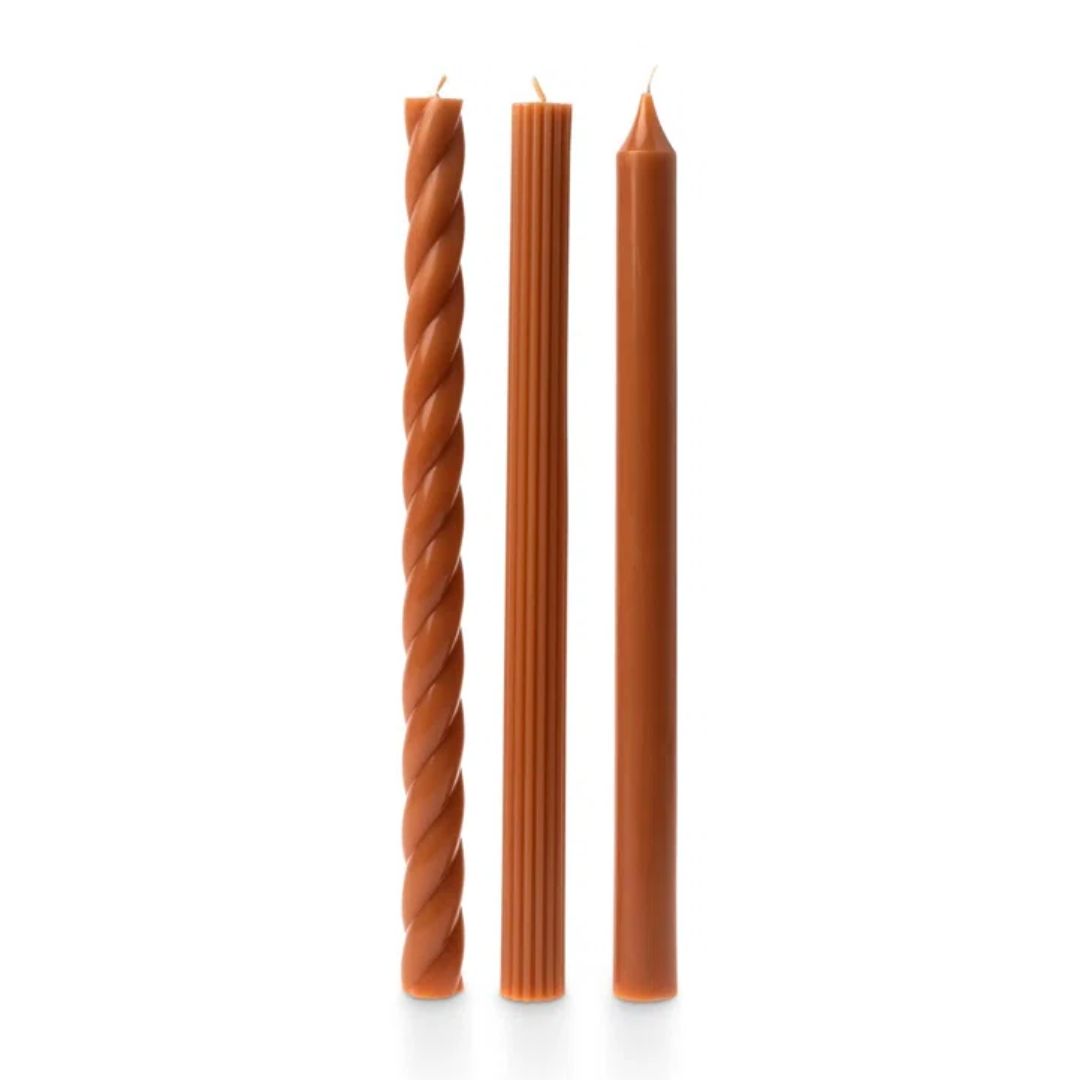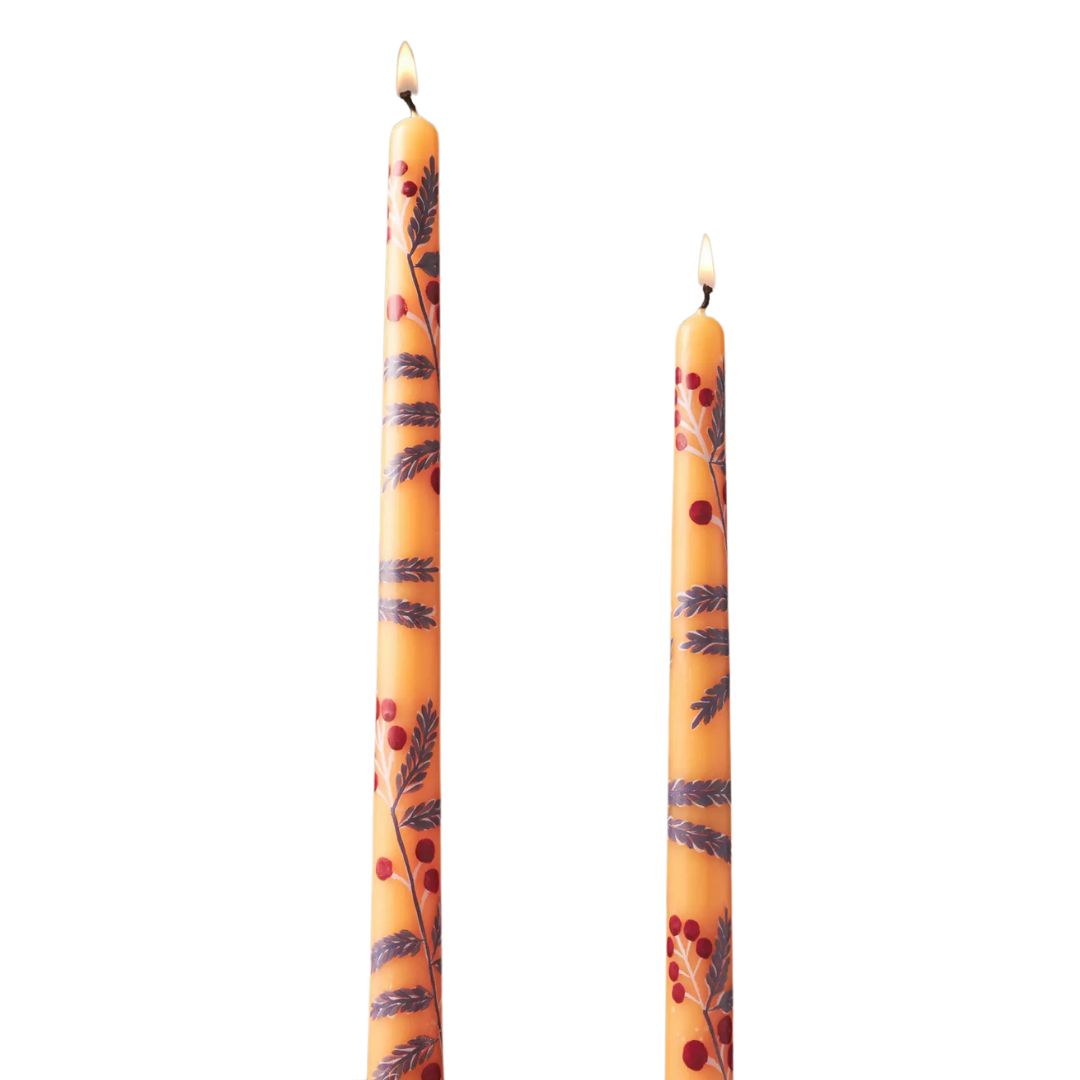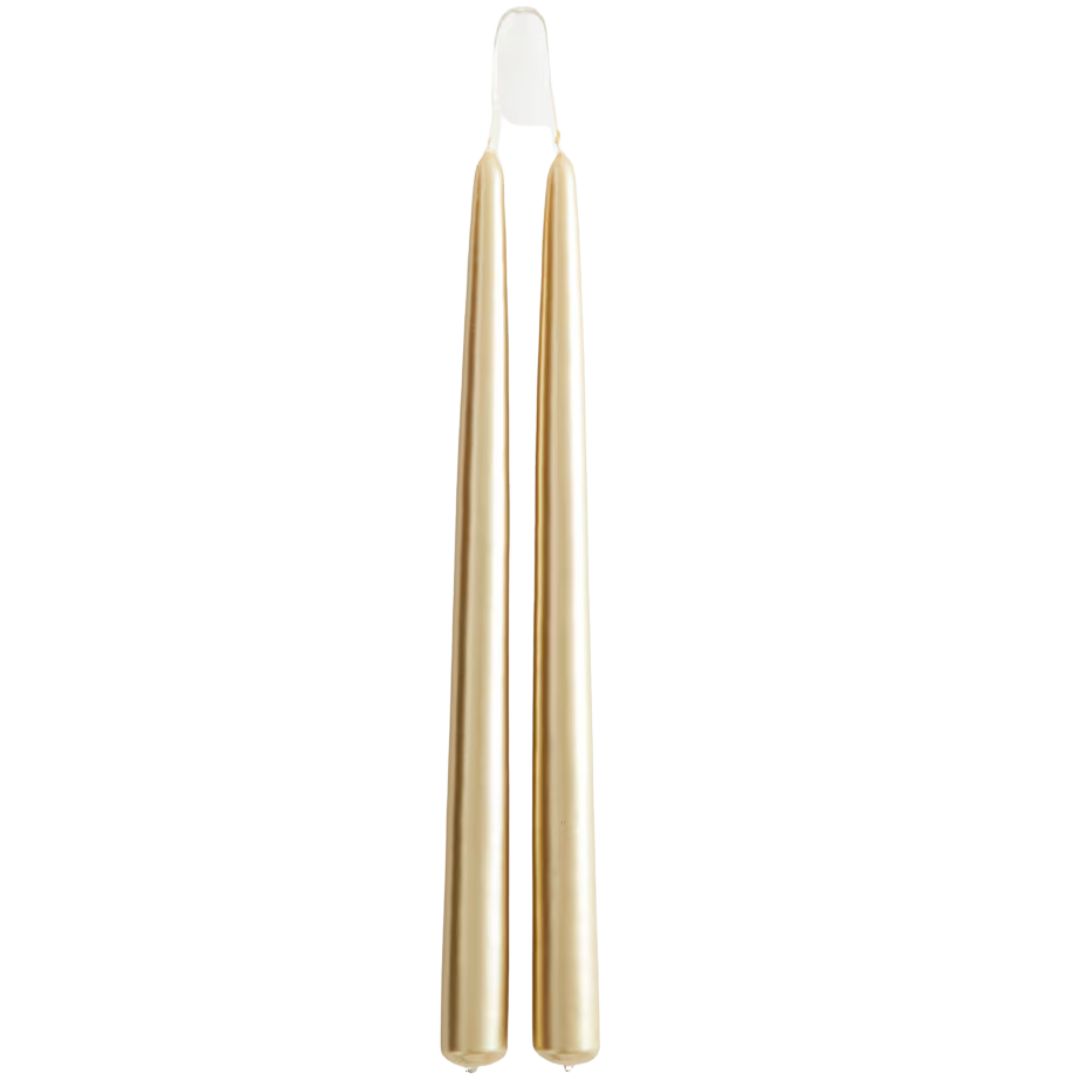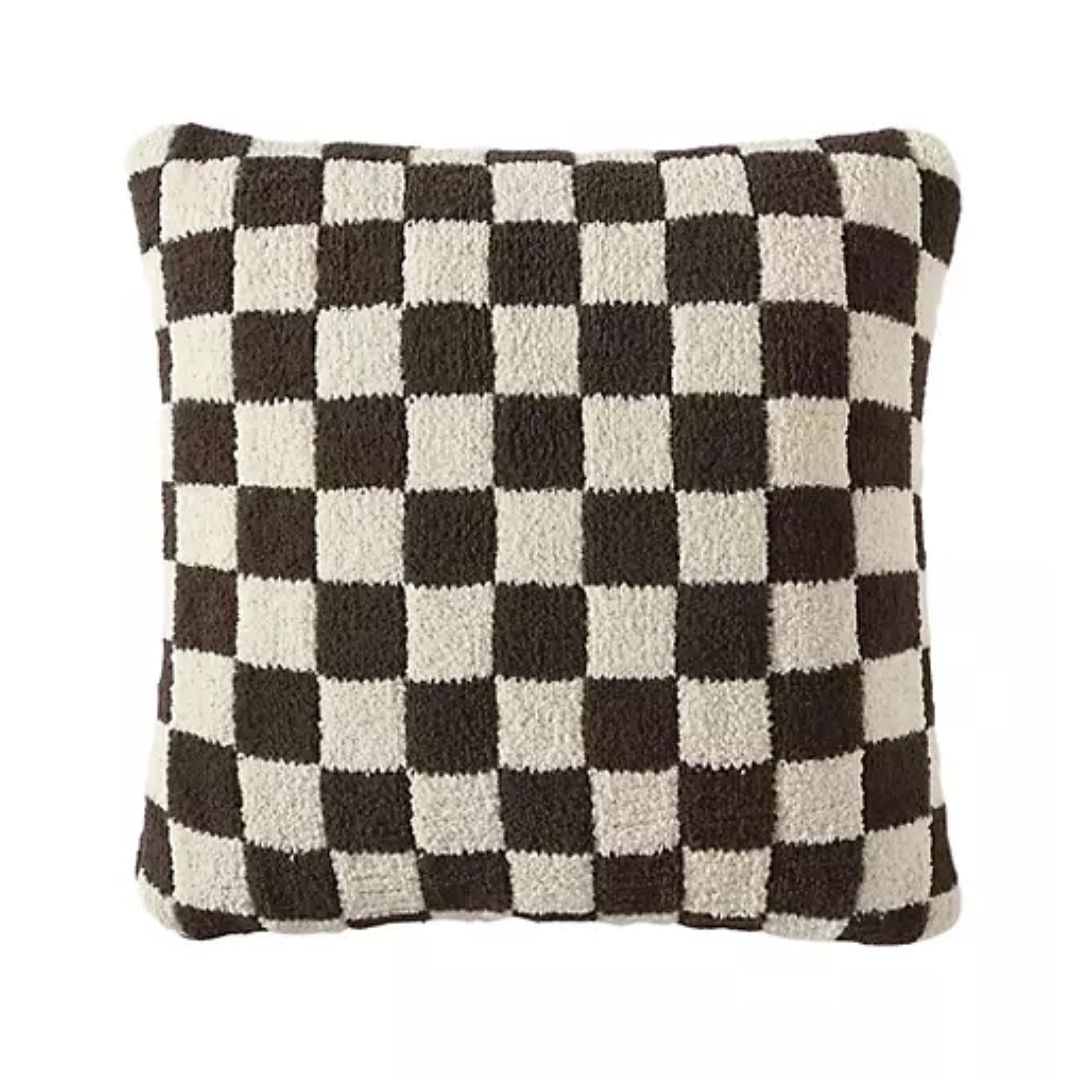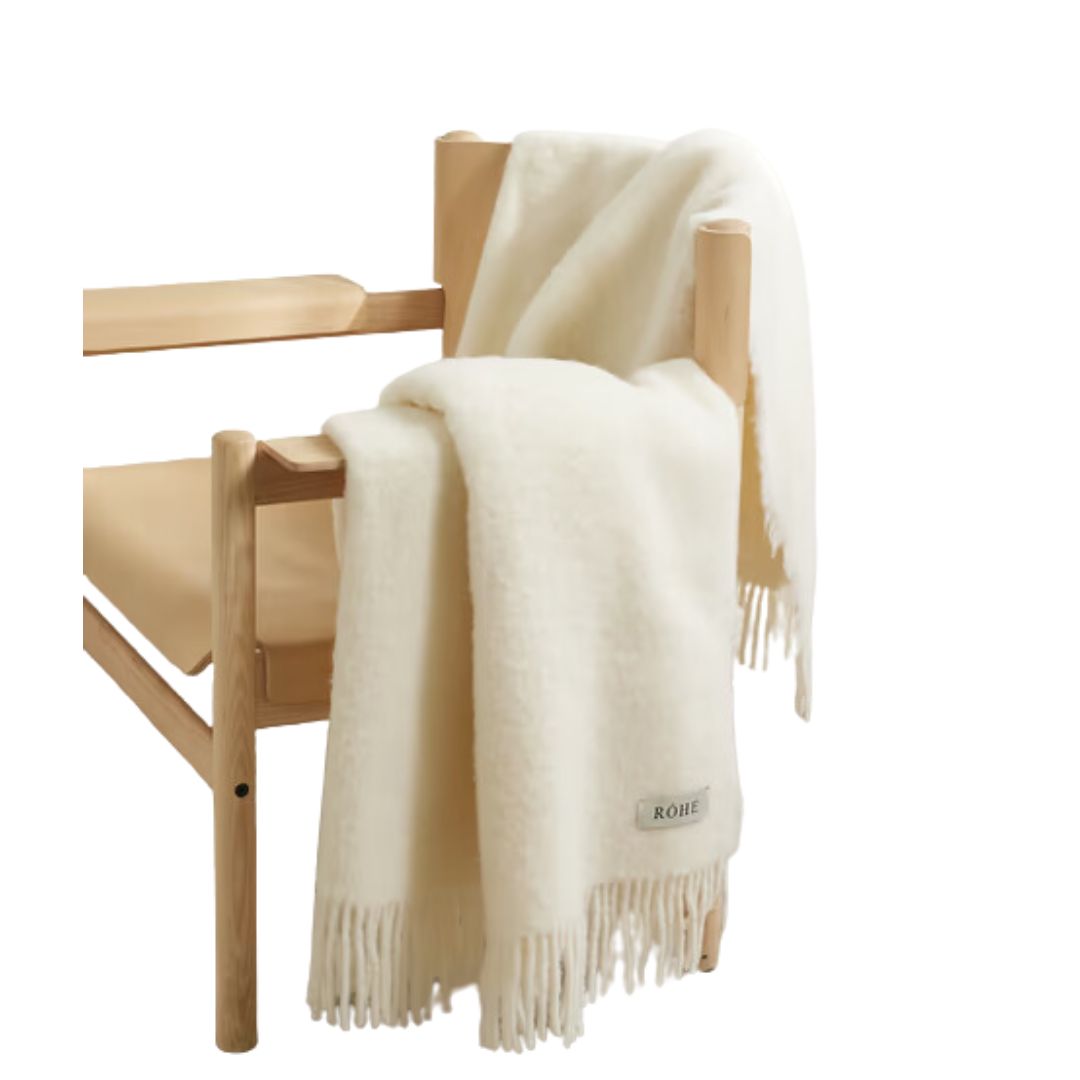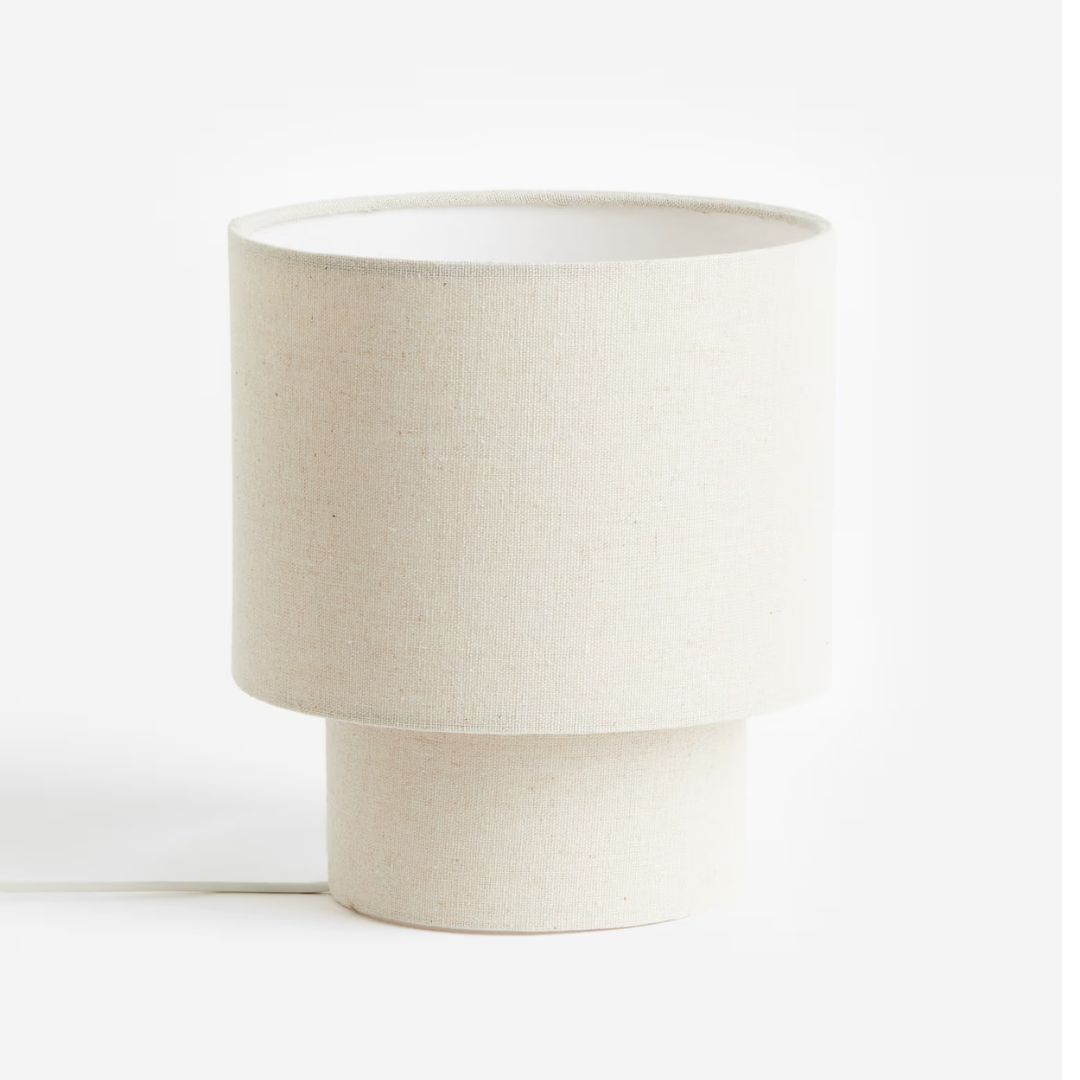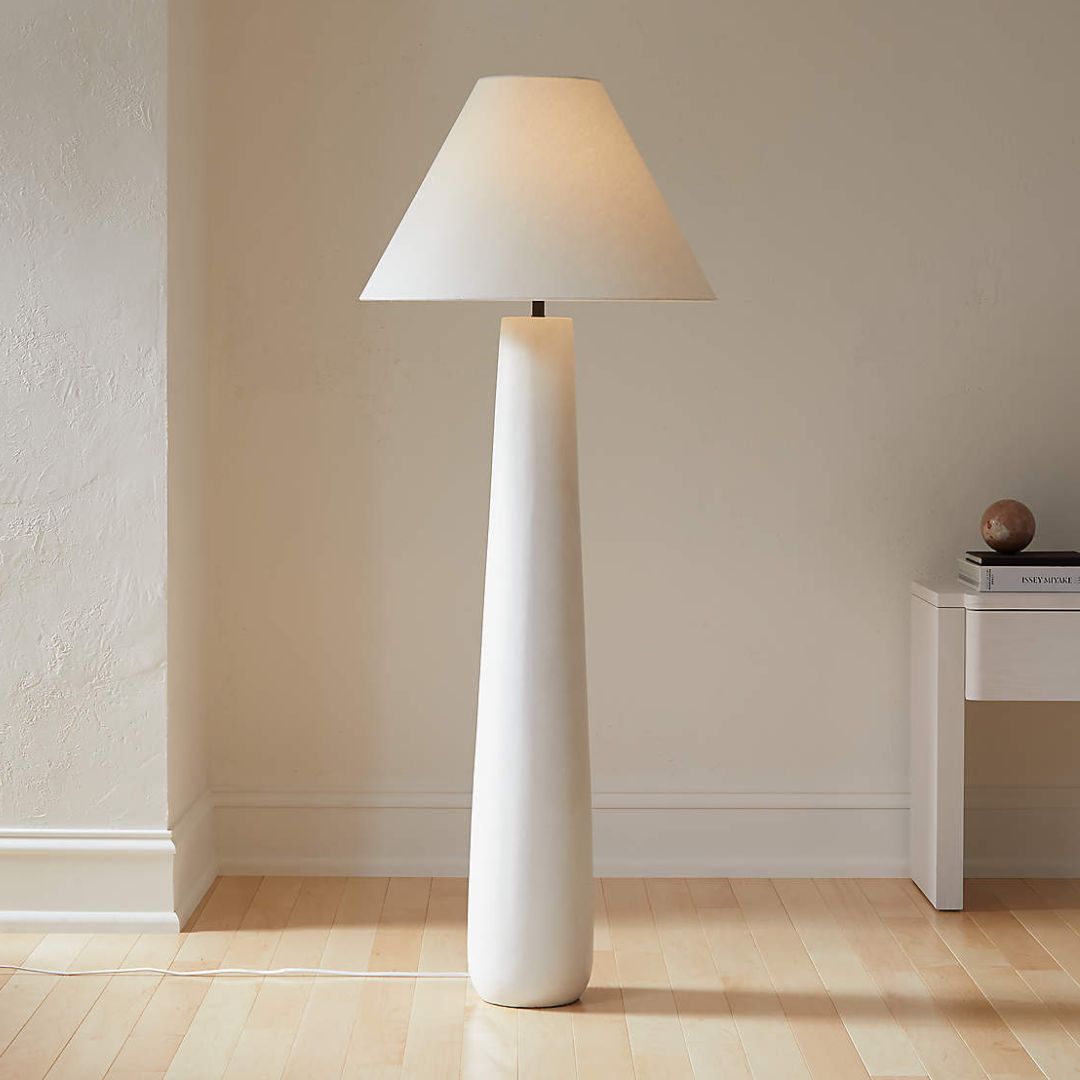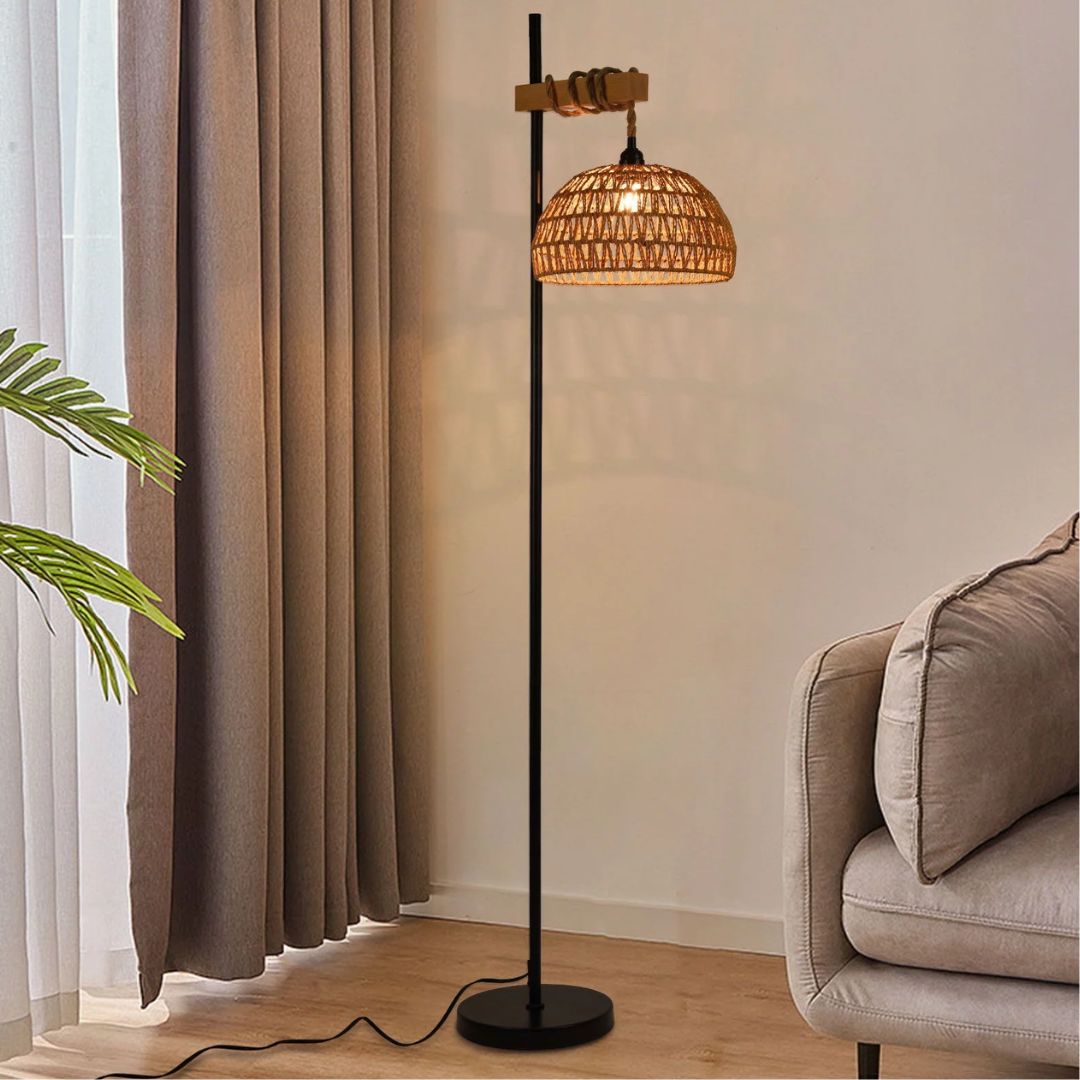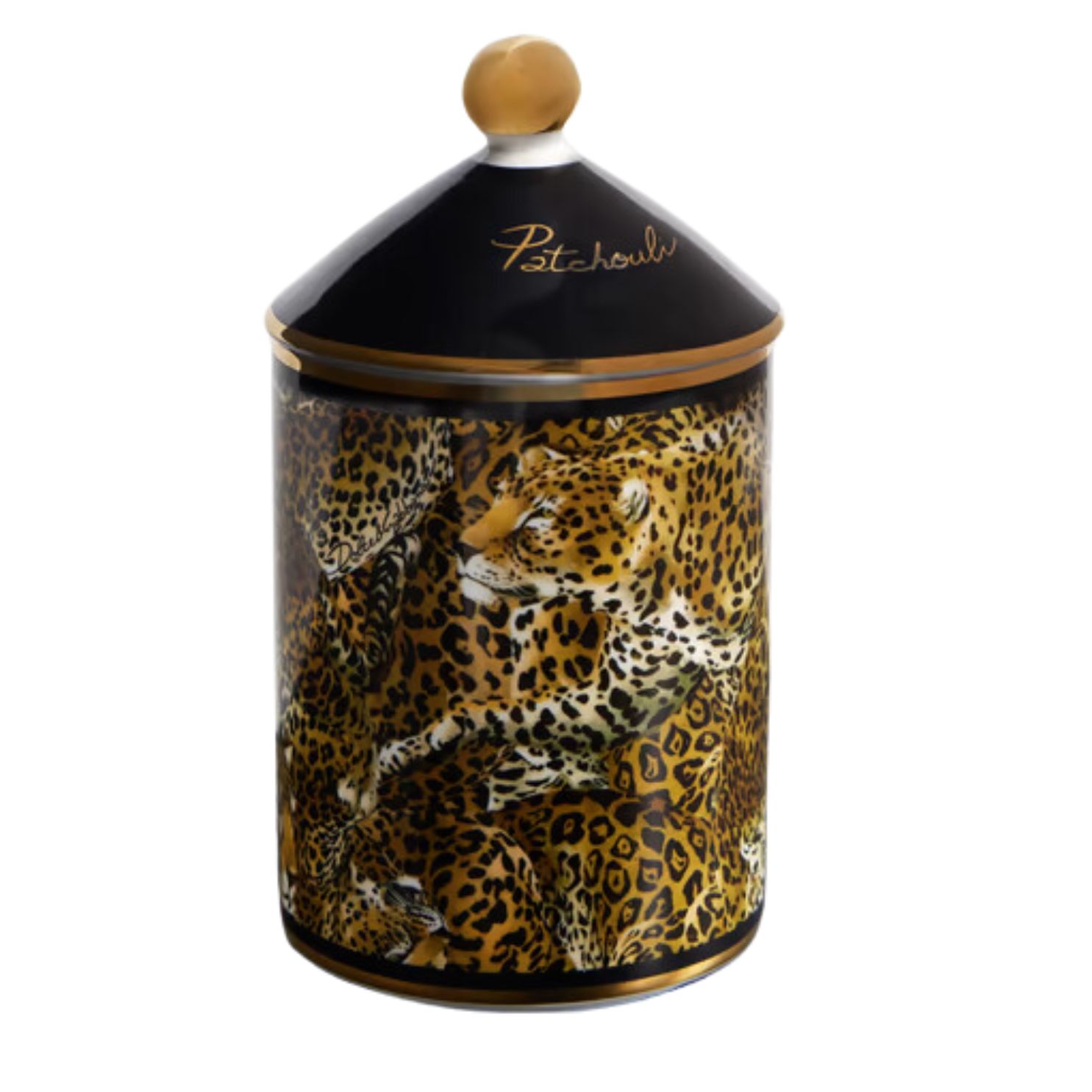Hygge Interior Design — 10 Ways to Embrace The Danish Concept of Simplicity & Contentment
Experts reveal the Nordic secrets to having the most balmy, cozy, and cheerful home that also aids well-being
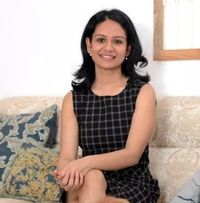
Fleur Britten
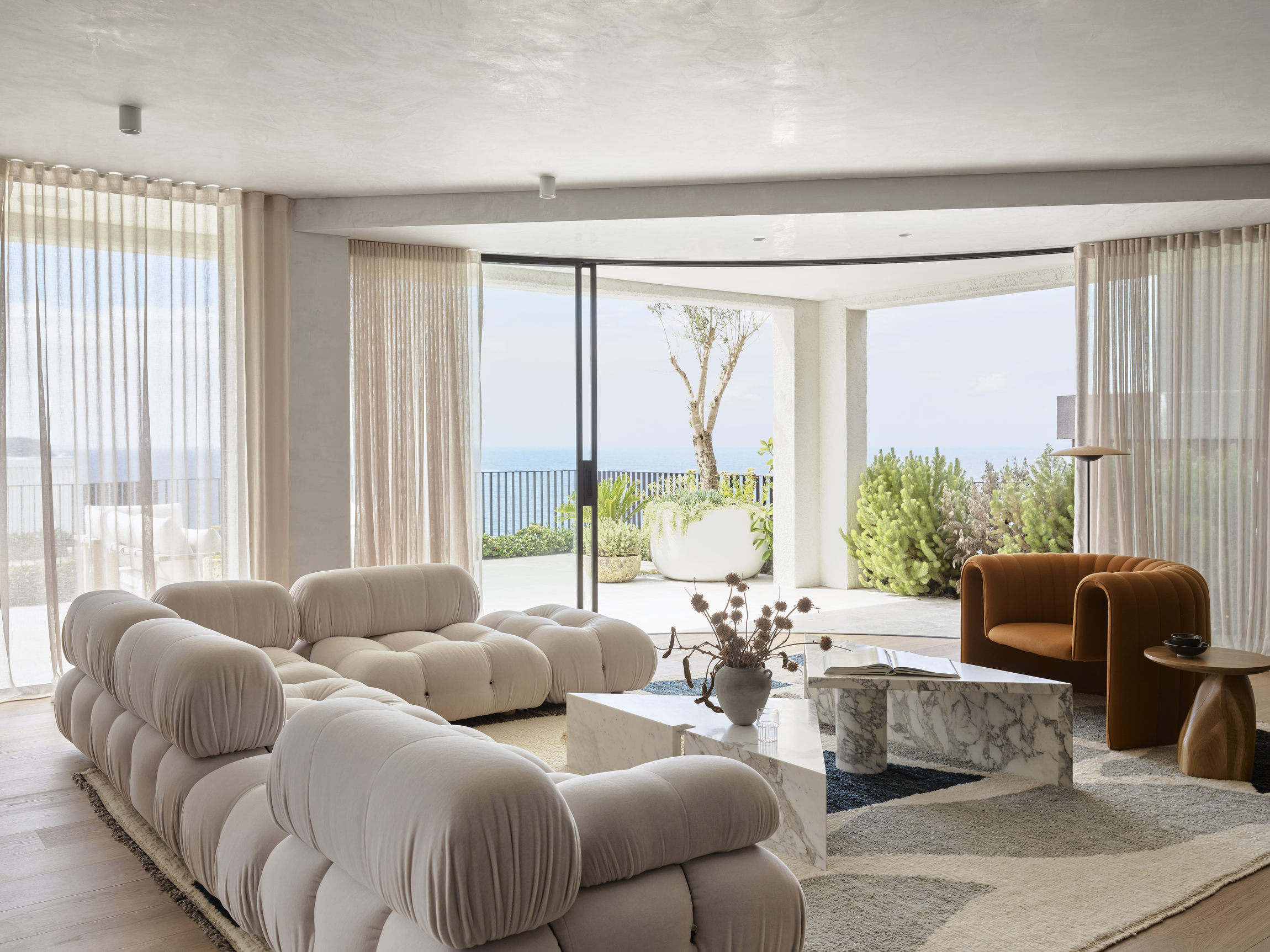
The Danish word hygge (pronounced “huu-ga”) doesn't have a literal English translation because it's more of a feeling...but, roughly, it means enjoying a warm and good time in a peaceful atmosphere. It connotes well-being, a feeling of happiness and comfort.
In design, this concept means creating an inviting and cozy interior that encourages togetherness and happiness. In fact, in today's fast-paced world, this concept holds more relevance now than ever. The Hygge decor is marked by comforting neutral colors, natural materials, and inviting shapes. It's all those elements that naturally make you calm, relaxed, and comforted.
If this style of modern interior design speaks to you, then these ideas by top experts will help you embrace warmth through hygge interior design.
1. Embrace natural lighting
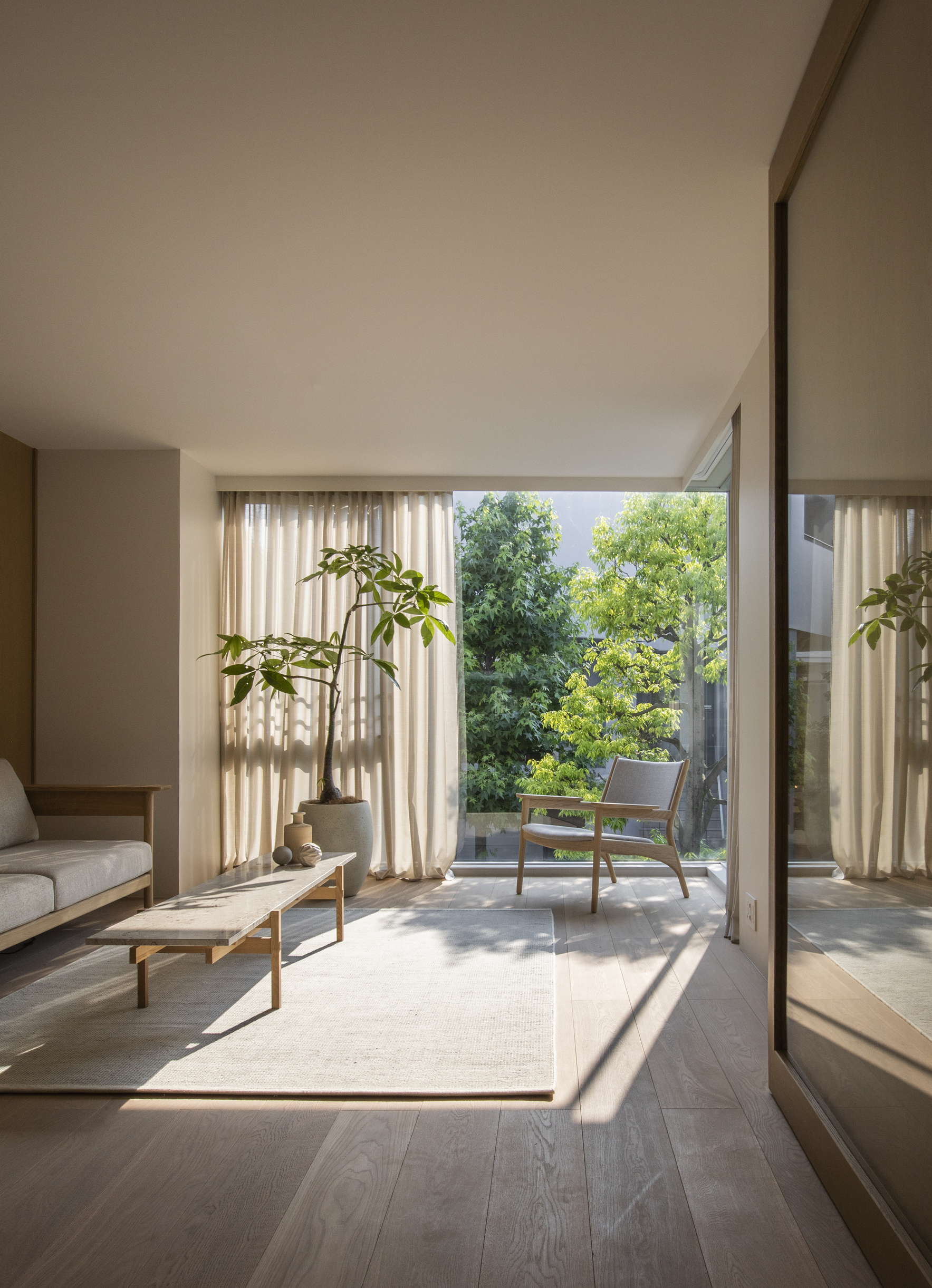
You'll be surprised at how much of an effect on mood, and even the look and feel of your home, can be achieved by simply embracing more natural light. Open up your windows and let the sunlight in — flickering candles can also help create a more 'hygge' home, and make your home more comfortable.
"The spaces we dwell in affect our behavior and mood — just like the weather and our natural surroundings do," say Jonas Bjerre-Poulsen and Kasper Rønn, founders of Norm Architects. "Still, the natural environment is our primordial home and our senses and psychology have been attuned to its elements. Therefore, by working with natural forms, materials, lighting, and colors we can create spaces and objects that engage with our ancient aesthetic preferences — that feel good, look good, and last. Today's modern interior design is not merely about surface, and design is not superficial. Designing our environment is about creating an infrastructure for a good and interesting life. Interiors interact with the depths of our psychology, our health, and well-being. They influence our choices in life, affect how we live, socialize, or even build our businesses."
2. Choose deep seaters with curves
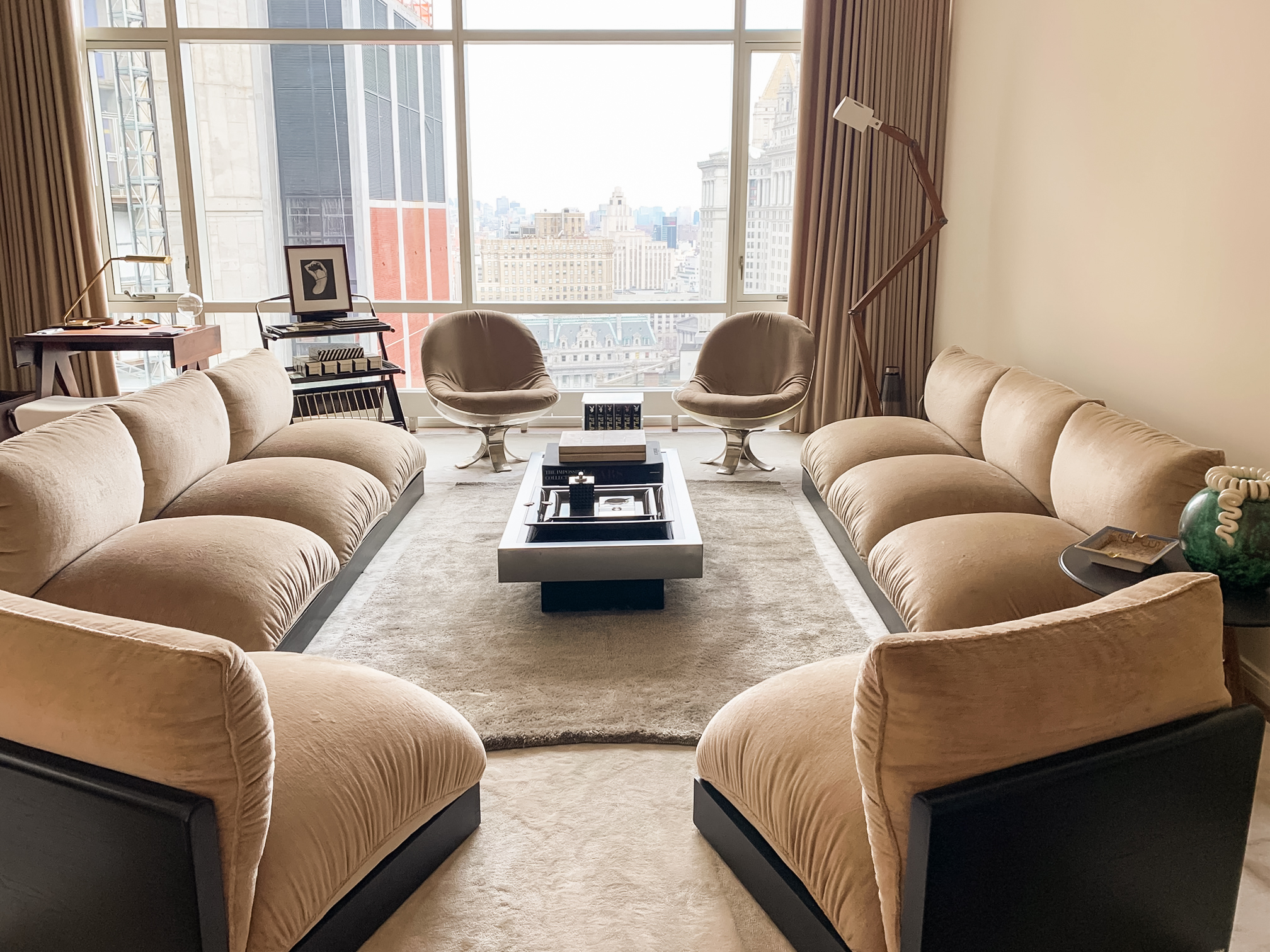
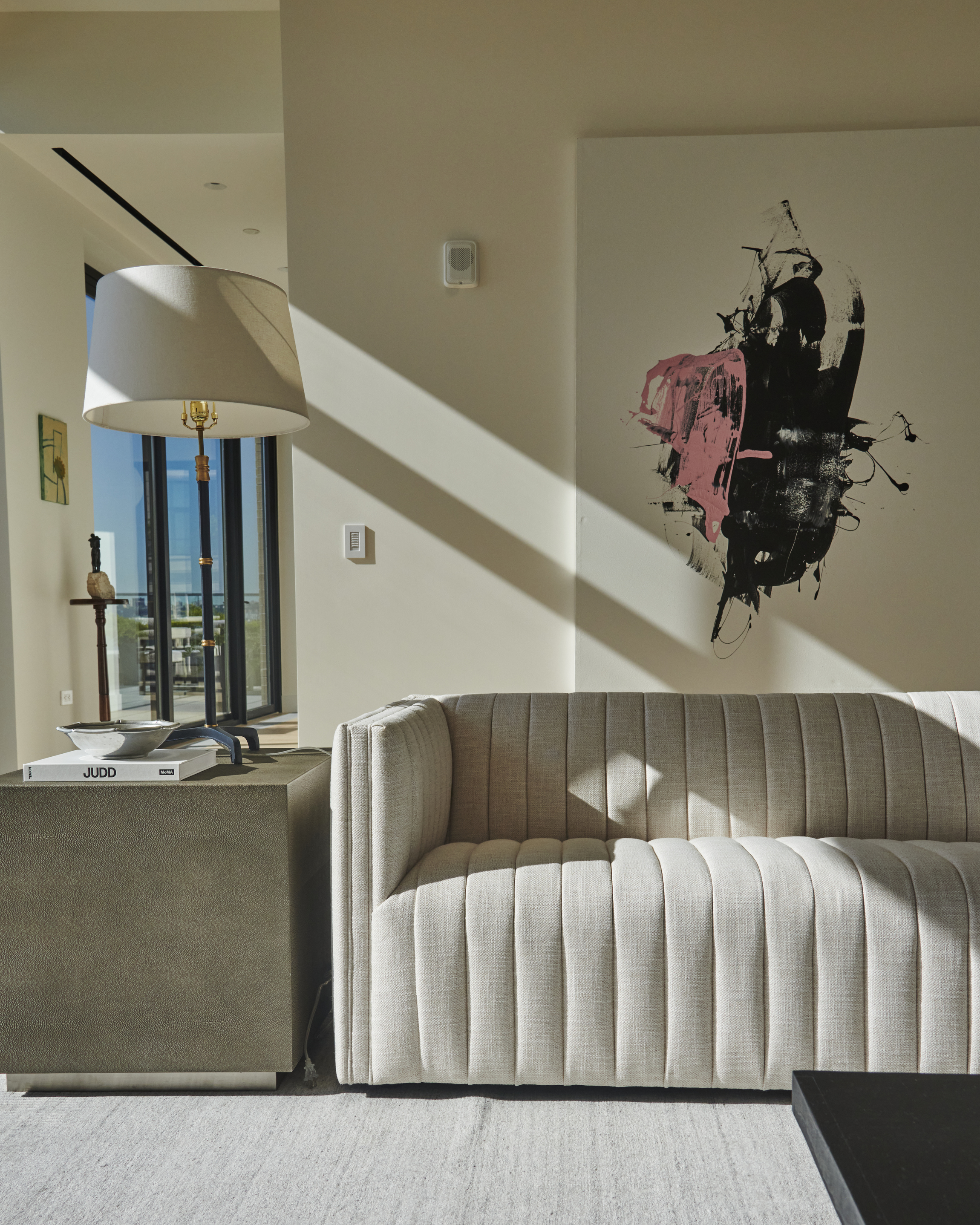

The hygge interior design trend makes comfort a priority. So swap out your hard-back chairs for deep seaters that encourage lingering in the living room way after the conversations are over. Add extra pillows, throws, and blankets that will make people happy to stay on and enjoy the coziness of your home for longer.
"Focus on seating that balances comfort with understated sophistication, like oversized, deep-seated sofas and armchairs with soft, rounded edges that offer a welcoming feel," advises Guillaume Coutheillas, founder of frenchCALIFORNIA. "Look for modular sofas or sectionals that can be arranged casually but maintain a sense of effortless chic. Low-slung chairs and poufs in neutral tones or soft, earthy colors evoke a cozy yet stylish ambiance, perfect for relaxed living."
The Livingetc newsletters are your inside source for what’s shaping interiors now - and what’s next. Discover trend forecasts, smart style ideas, and curated shopping inspiration that brings design to life. Subscribe today and stay ahead of the curve.
"Inspired by the Hygge design philosophy, I approached a special residential project in Lower Manhattan with a focus on creating a serene and spiritual retreat above the city's bustling energy," says Melissa Bowers, founder of M.A. Bowers, Inc. "The design embraced harmony and balance, where no piece of furniture or fixture stood taller than 17 inches. Cashmere drapery and soothing mushroom tones enveloped the space, adding a layer of softness and tranquility that grounded the entire experience.”
3. Go for soft, natural furnishings
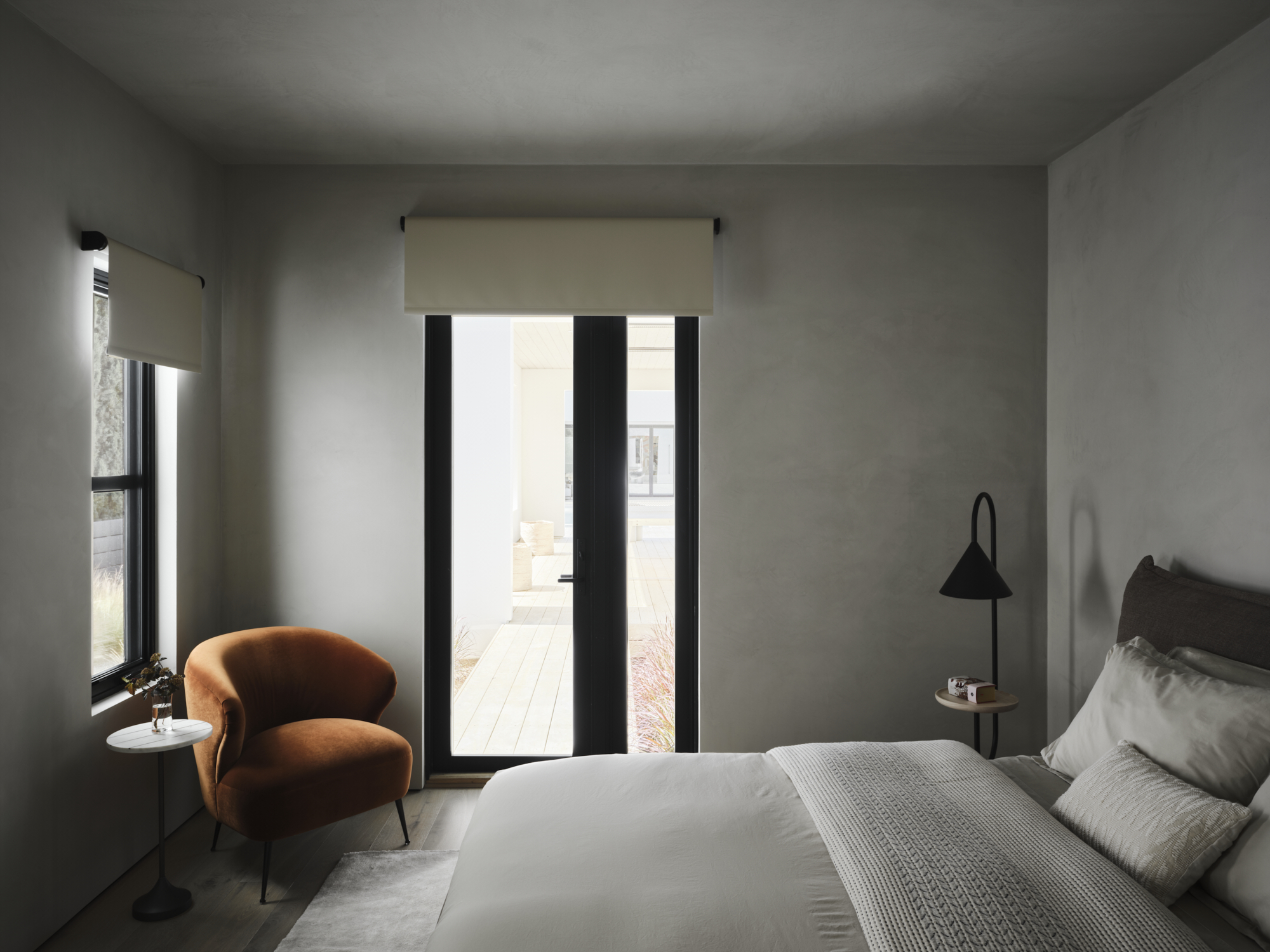
"To achieve a hygge-inspired bedroom with a French twist, opt for natural fabrics that evoke softness and sophistication," says Guillaume. "Materials like linen, cotton, and wool in muted tones or earthy shades provide a foundation of calm and serenity." Also, for your bedrooms, consider layering various fabrics like crisp cotton or linen sheets, followed by a cozy wool or quilted blanket to create a feeling of coziness.
"Add a touch of French refinement with fabrics like velvet or silk for decorative pillows or throws, bringing a subtle layer of luxury," adds Guillaume. "Incorporating textured accents such as faux fur or sheepskin enhances the sense of warmth and comfort, creating a bedroom that feels intimate and elegantly relaxed."
4. Choose a soothing color palette
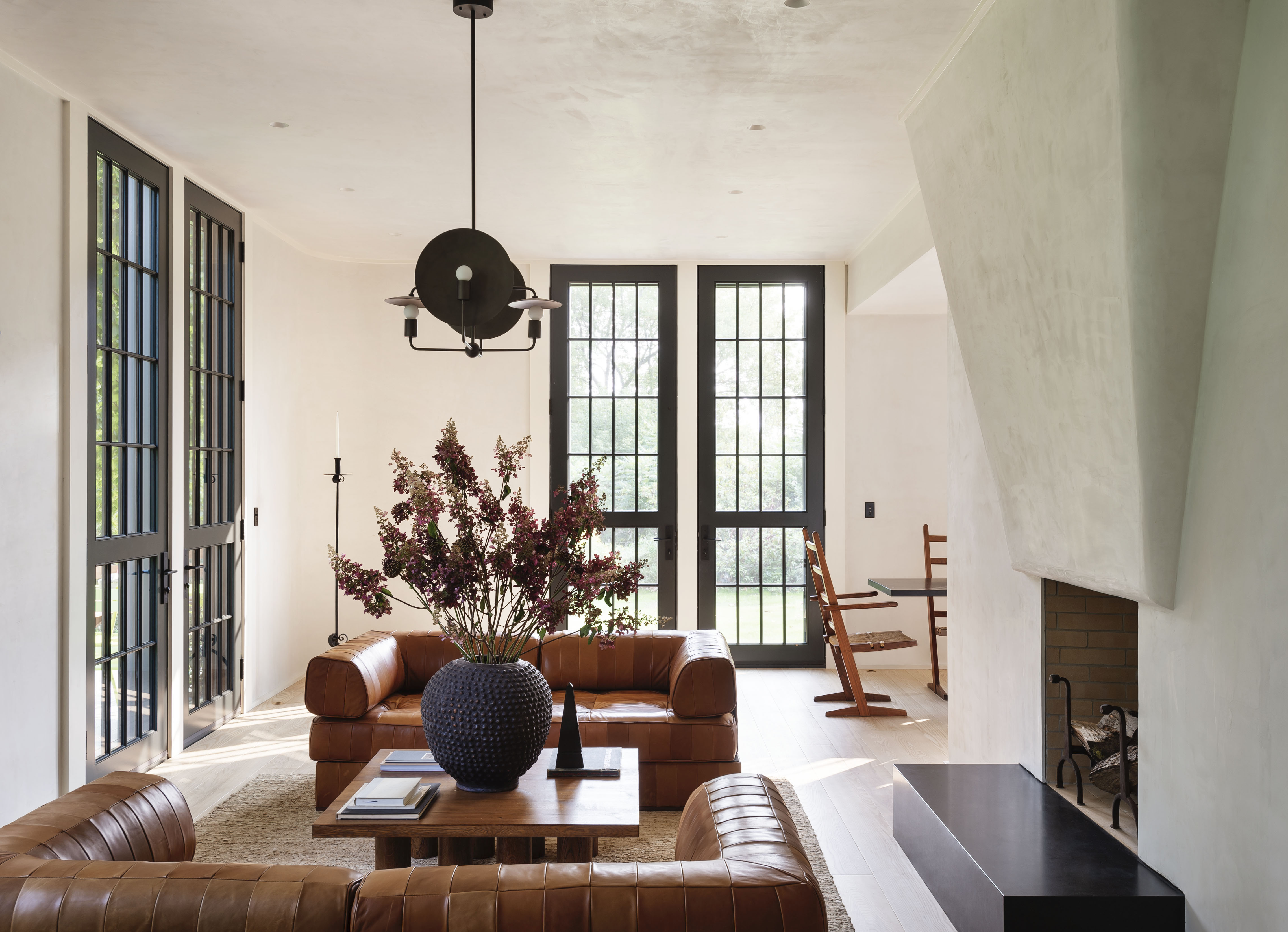
One of the ways to add a Hygge interior design feel to your home is by choosing a soothing color palette. “Hygge suits a warm and neutral color palette,” explains award-winning interior blogger and stylist Reena Simon, whose book Scandi Rustic (co-authored with Rebecca Lawson) is something of a bible to Hygge's design philosophy. "Think whites, beiges, and taupes, which happen to be key in color trends right now."
Not keen on a major redecoration? Some new throws or sofa cushions in this color palette will still make a big difference. The key is to go for cable knit or mohair, anything that feels cozy.
And, to add extra texture and warmth, Reena recommends painting walls in limewash paint “so that it’s not flat”. Reena advises color-blocking with other tonal colors: “Go for a similar color throughout but with a slight tonal shift — it makes everything feel less flat and gives more flow and harmony to the home.”
These neutral colors are also renowned for their calming properties, notes Pia Edberg, the Canadian author of The Cozy Life (as are greens and browns, she adds) — perhaps hardly surprising when they occur in nature.
5. Light up the fireplace
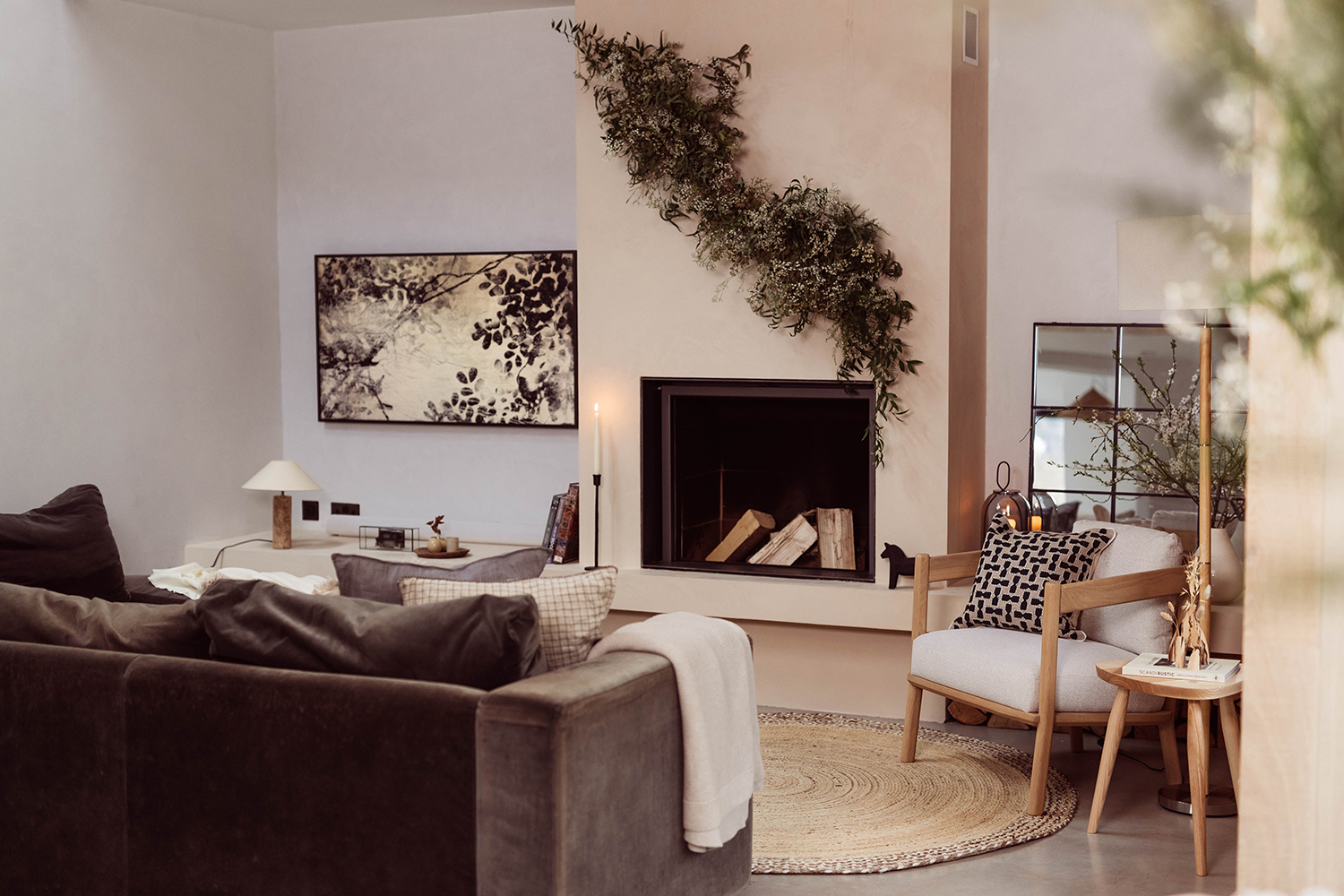
“A fireplace is quintessential to a Hygge home,” explains Pia Edberg. With any luck, you already have an existing fireplace or woodburner: if so, “use it as much as possible,” she advises. “Don’t just let it sit there as decoration.”
If there is no fireplace, simply place tall candles in candlesticks and start lighting them earlier than you might ordinarily. Mid-afternoon onwards creates a real feeling of hygge.
Going bigger, Reena advises investing in a log-burning stove with the biggest possible viewing window: “You want to be able to see as much of the logs and fire as possible,” she explains.
Even cut logs waiting to be burnt function well as a hygge-inspired display — consider homing them either in a gorgeous log basket or stacking them “in a relaxed fashion”, says Reena. “You don’t want it to look too formal.”
6. Layer your lighting
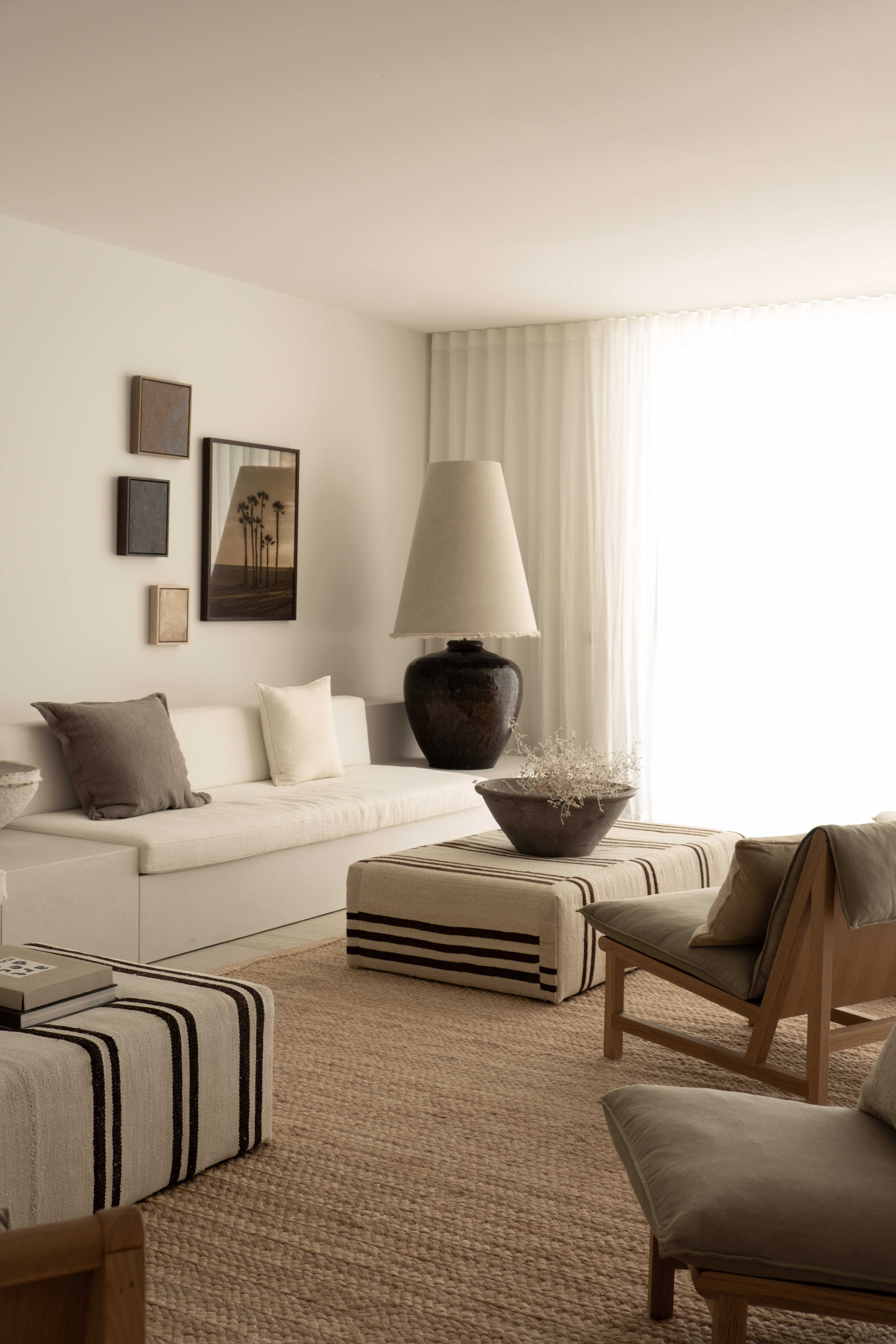
“Getting the lighting right will have a major impact on your day-to-day mood,” explains Reena. Of course, this is something the Danes know all too well, thanks to their very short and gloomy winter days. What’s key, she adds, is ensuring “you have enough ambient lighting radiating enough warm, soft hues.”
For a warm Hygge interior design, Reena recommends layering your table lamps and wall lamps (which should be fitted with warm LED bulbs or one of the best smart light bulbs). “Warm light calms and relaxes us, while white light is energizing and active,” adds Pia Edberg. “Decorate with lots of candles and twinkly lights.”
If there’s an abundance of ceiling lighting you might want to consider decommissioning it (or at least keeping it switched off) as it’s not very hygge, says Reena: “Pendant lights can feel more artificial — you don’t want to feel like you’re in an office.”
7. Use natural materials
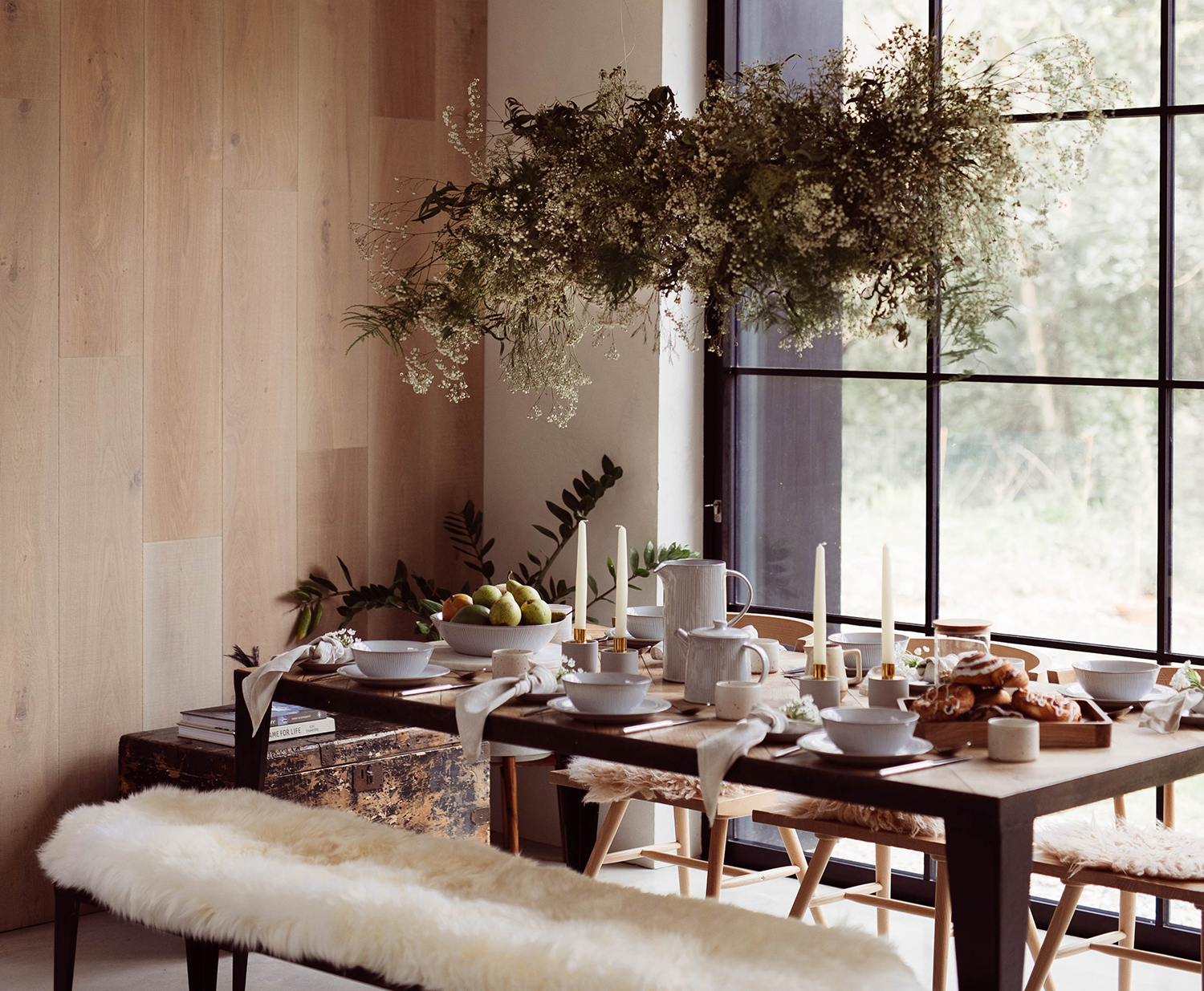
If considering a proper overhaul, you might want to switch up to wooden flooring, or cladding your walls in timber. “Think about your walls, floors and ceilings as a way to introduce more texture and make everything more warm,” says Reena. But you can still create a significant impact by skipping to the next level and introducing hygge-friendly textures in your furniture and furnishings — for example, linen, bouclé wool, and sheepskin. “You’re looking for fabrics that appeal to your senses,” she explains, “that make you just want to reach out and touch them.”
Pia recommends filling your home with “lots of fluffy blankets, pillows and places to curl up.” Furniture, she adds, should also have a softer, rounded look: “Avoid anything that looks or feels sharp or jarring,” she says.
"In living room feng shui, these can cause us to feel stressed and may even bring about bad luck or illness.” Pia advises striking a balance between cozy and calm — for example, soft, fluffy blankets and warm knits, and smoother, quieter items.
8. Bring nature indoors
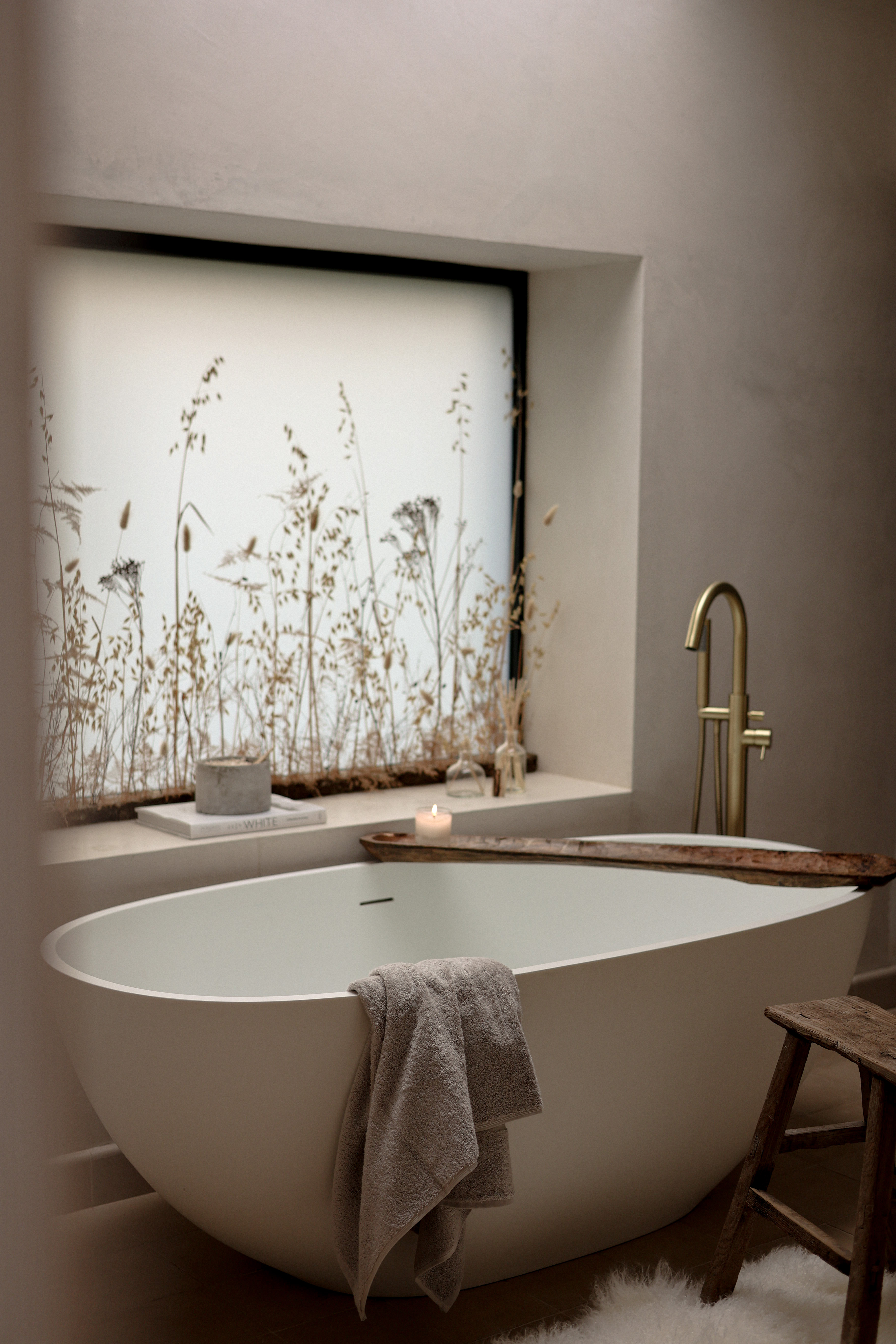
Nature is a key ingredient in hygge interior design, thanks to its calming powers and that instinctive joy we derive from being connected with it. “Surrounding yourself with natural elements has a healing effect on mood and calms a restless mind,” explains Pia. She recommends decorating your home with lots of plants, rocks, crystals and wood, or having an indoor garden.
It needn’t cost anything, adds Reena. “You can forage for things from your garden, or on a walk — I love sculptural branches or a floral display.” Consider items that could sit in a vase or on a window sill, or perhaps something more ambitious — Reena likes to hang floral installations over the dining table from the ceiling.
Whatever the scale, she recommends arranging the objects “as they would occur in nature — think organic shapes and imperfections, because hygge is very natural and informal.” Bringing the outdoors in connects you to the different colors of the seasons, she adds. “Your vignette will speak of that time of year.”
9. Personalize your interiors
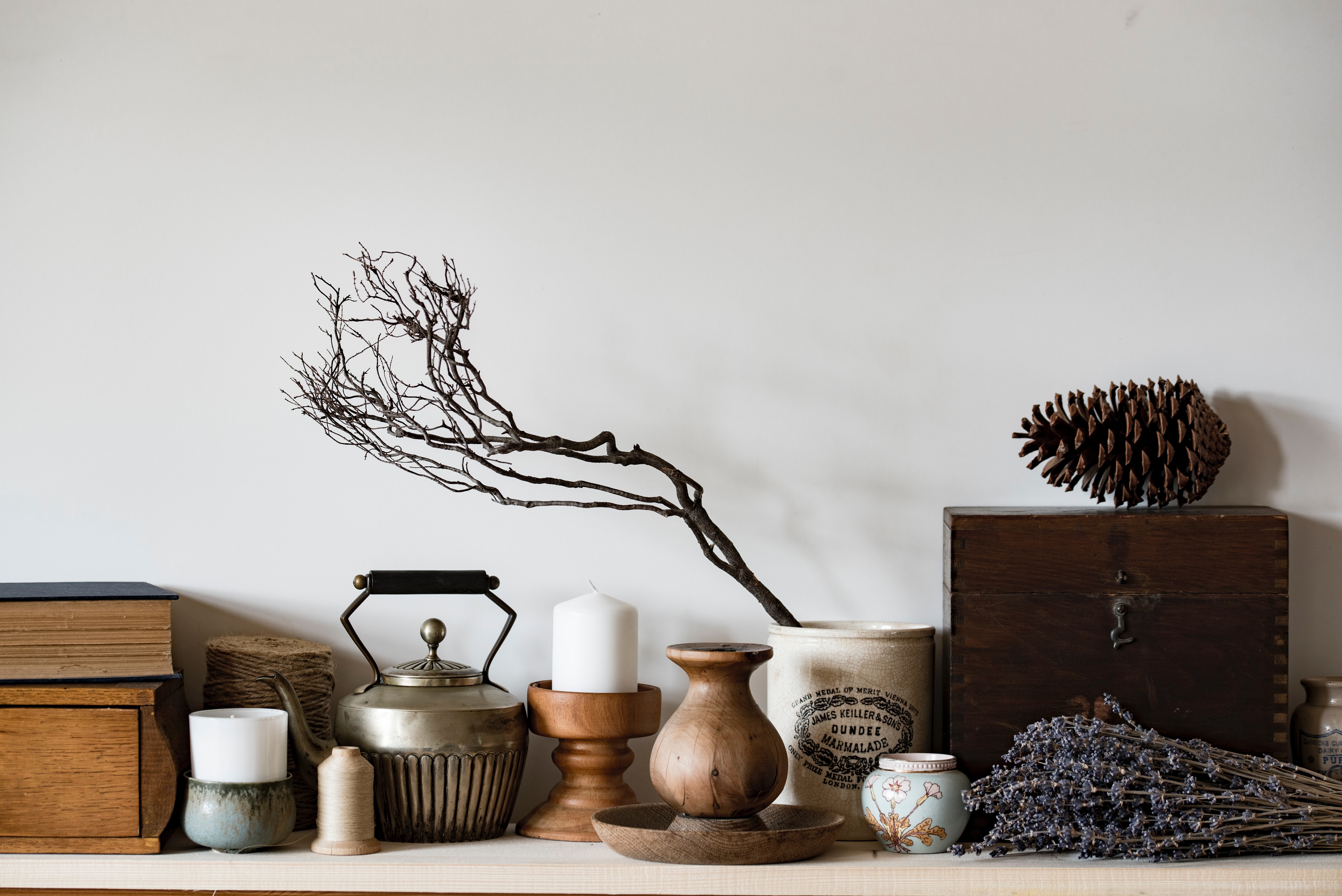
Hygge is all about conjuring those warm fuzzies, so adding personal style elements that make you happy is a big part of it. “Be sure to include pieces that hold emotional value and tell a story,” says Pia — for example, mementos of your favorite childhood moments or travels abroad. Create a gallery wall of memorabilia that puts a smile on your face.
Or, she adds, “Buy things that remind you of something beautiful, such as an antique wardrobe because you loved reading The Lion, The Witch & The Wardrobe as a child. Miss your family? Hang up more photos of your loved ones. All these objects will help your home feel warm and welcoming rather than cold and soulless.”
10. Go in for scent-scaping
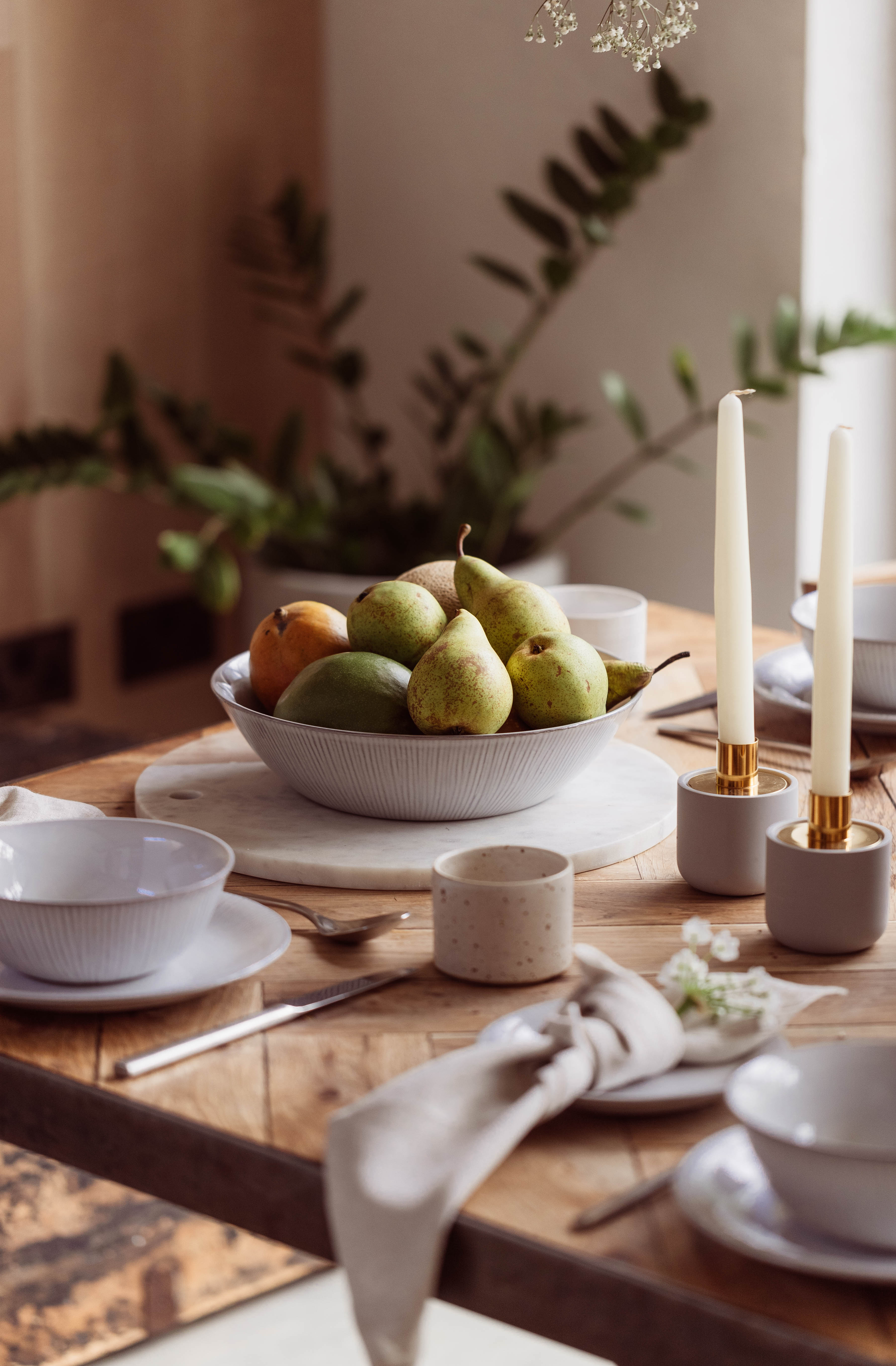
Not only does fragrance help to set the tone in a room (be that calming, fresh or warm and wintry), but our olfactory response also creates a direct link to the emotional center of our brains — pick the right scent and it can lower our stress levels and positively influence our mood.
Scent layering is a really easy way to bring hygge philosophy into the home. “I love to bring the smell of outdoors, of nature into my house,” explains Reena. "In winter months, that’s fir, pine, and bergamot, and in summer, it's jasmine and peony" but of course, scent is hugely personal. Reena recommends using candles, diffusers, and room sprays. Or, of course, if you have access, you could use sprigs or bouquets of the real thing.
FAQs
What is hygge interior design?
Hygge interior design is a Danish philosophy of simplifying your life and being more at one with nature. The design style focuses on making the home cozy and warm. Hygge decor is all about neutral colors, earthy materials, natural fabrics, and comfy furniture — everything that evokes positive emotions.
How to make a room more hygge?
Consider including candles as part of your home's lighting scheme. Open up windows to allow more sunlight as well. Drape your furniture with throws and extra pillows, and choose softer, more plush fabrics. Go for colors such as browns, beiges, and mushrooms that have an inherent feeling of warmth associated with them. And finally, personalize your interiors — add family pictures and hang art that puts a smile on your face.
Once you've mastered the art of Hygge in the home, the next step is understanding 'Niksen' — the Dutch secret to creating a home that actually makes you happier and healthier.

Aditi Sharma Maheshwari started her career at The Address (The Times of India), a tabloid on interiors and art. She wrote profiles of Indian artists, designers, and architects, and covered inspiring houses and commercial properties. After four years, she moved to ELLE DECOR as a senior features writer, where she contributed to the magazine and website, and also worked alongside the events team on India Design ID — the brand’s 10-day, annual design show. She wrote across topics: from designer interviews, and house tours, to new product launches, shopping pages, and reviews. After three years, she was hired as the senior editor at Houzz. The website content focused on practical advice on decorating the home and making design feel more approachable. She created fresh series on budget buys, design hacks, and DIYs, all backed with expert advice. Equipped with sizable knowledge of the industry and with a good network, she moved to Architectural Digest (Conde Nast) as the digital editor. The publication's focus was on high-end design, and her content highlighted A-listers, starchitects, and high-concept products, all customized for an audience that loves and invests in luxury. After a two-year stint, she moved to the UK and was hired at Livingetc as a design editor. She now freelances for a variety of interiors publications.
- Fleur BrittenContributor
